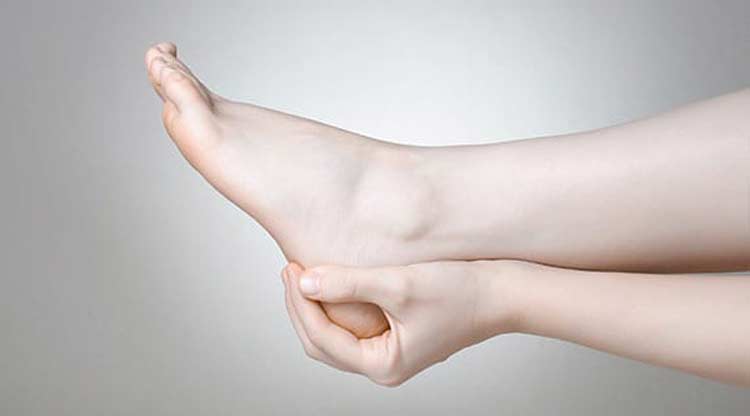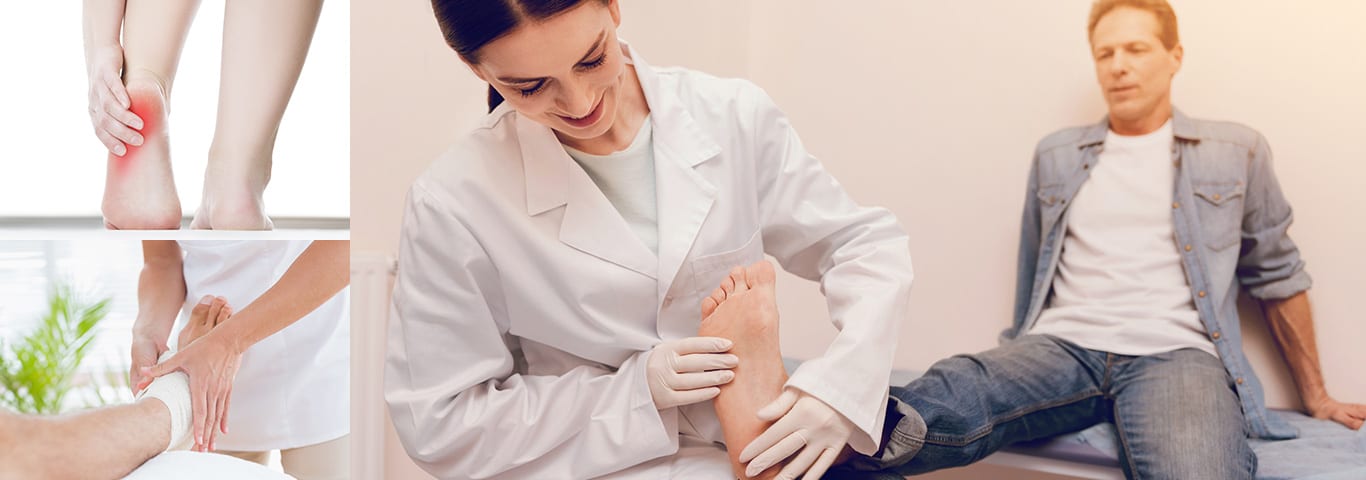
Alleviate Discomfort and Get Back in Motion.
If you suffer from heel pain, then you are familiar with the sharp, throbbing pain that can occur with every step that you take.
- The most important step in treating heel pain is determining its cause.
- Our doctors can create a customized treatment plan that fully suits your needs.
Causes of Heel Pain
There are many possible causes of heel pain. In some cases, these causes and conditions are related. Additionally, the symptoms of some of these conditions are similar to each other, which can make diagnosis difficult. For this reason, it is important to visit an experienced podiatrist for heel pain.
Some of the common causes of heel pain include:
- Achilles tendonitis – If the Achilles tendon has been torn, pain at the back of the heel can develop.
- Bone bruise – If you strike something with your heel, you may have pain for a few weeks or months while the heel bone is bruised.
- Excessive pronation – Painful inflammation can develop as a result of altering your gait to the point of ligament strain.
- Heel Spurs – A protective bony growth, heel spurs develop on the ligaments that run along the bottom of your feet. The spurs develop as a response to repeated strain.
- Overloading – Caused by sudden weight gain, overloading can result in heel pain.
- Plantar fasciitis – This condition can develop alongside heel spurs. It is characterized when the plantar fascia ligament begins to tear and stretch.
- Rheumatoid arthritis – This condition can cause pain in the heel, as well as in the big toe.


Diagnosing and Treating Heel Pain
It is important to us that we find a treatment option for your heel pain. However, the first step is a thorough diagnosis so that we are able to find the best treatment plan for you. After reviewing your symptoms and medical history, as well as undergoing a physical exam (and possibly imaging tests), your doctor will be able to diagnose your heel pain and guide you to the best possible treatment options.
With treatments for heel pain, your doctor will address the inflammation and pain as well as the exact cause of the symptoms. Ice therapy, non-steroidal anti-inflammatory medications, evaluating shoes, calf stretches, and taping can help. For patients who need more advanced help, extracorporeal shock wave therapy (ESWT) and steroid injections may be considered.

